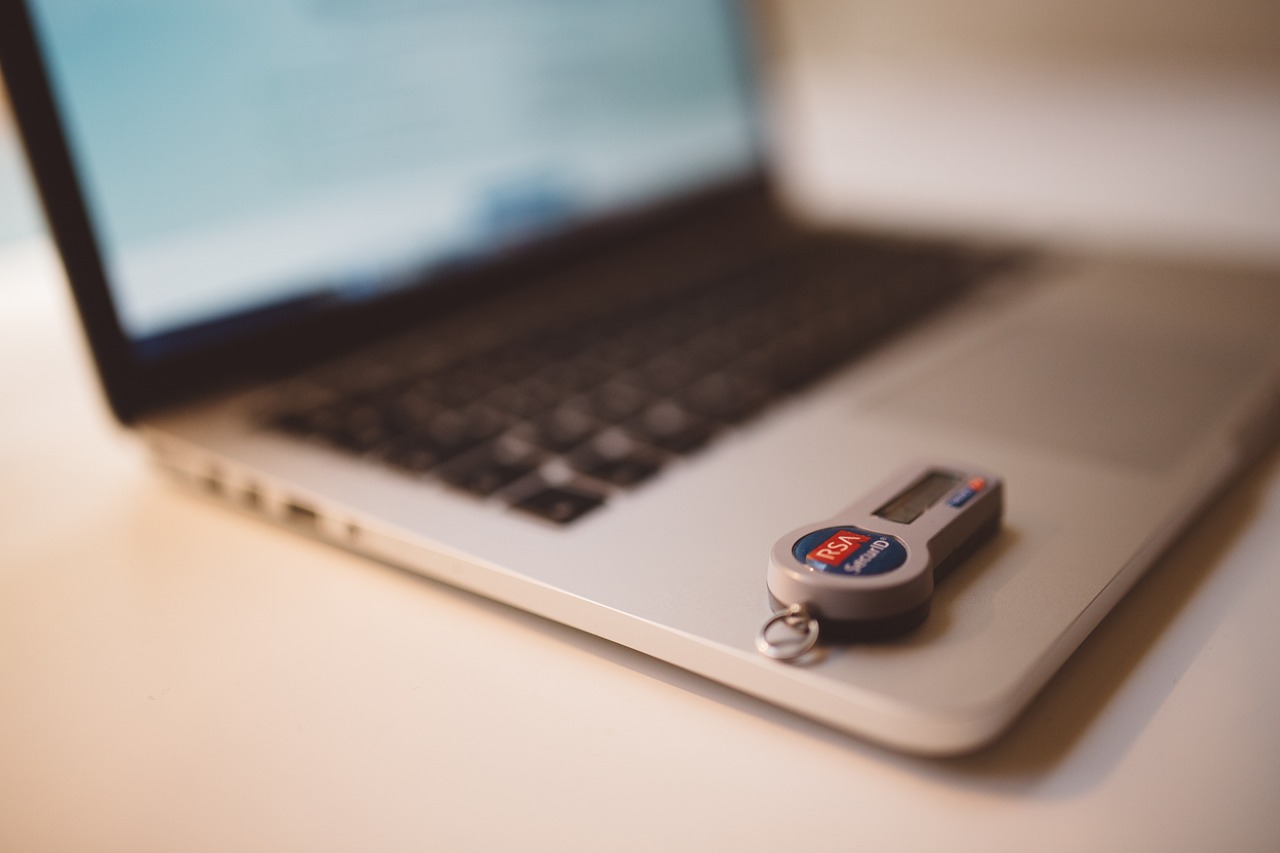Why You Need Two-Factor Authentication for Extra Security
In today’s interconnected world, where our lives are increasingly digital, safeguarding our online accounts has become paramount. While a strong password is a good start, it’s not enough to protect your sensitive information from cyber threats. Enter Two-Factor Authentication (2FA)—a powerful tool that adds an extra layer of security to your personal data. In this article, we’ll explore why you should consider using 2FA and how it works.
What Is Two-Factor Authentication?
Two-Factor Authentication (also known as 2FA) is a method that requires users to provide multiple pieces of evidence (factors) to prove their identity when accessing a website or application. Here’s how it works:
- Knowledge Factor: This is something only you know, such as the answer to security questions or a PIN.
- Possession Factor: Something physical that you own, like a phone app or a physical security token.
- Inherence Factor: Biometric credentials tied to you, such as a fingerprint or retina scan.
Why You Need 2FA
- Enhanced Security: A username-password combination can be easily stolen during a data breach. With 2FA, an attacker would need an additional factor specific to you, making it significantly harder to compromise your account.
- Protection Against Brute Force Attacks: Even if you follow good password practices, cybercriminals can still use brute force or password spraying attacks. 2FA adds an extra verification step, making it more challenging for thieves to access your personal information.
- Avoid Digital Attacks: Two-factor authentication acts like an extra lock on a door guarding your passwords. It may take an extra step to unlock, but it significantly reduces the risk of identity theft and other digital attacks.
How Does 2FA Work?
- Login: When you log in to an account, enter your username and password.
- Second Authentication: The site or app prompts you for a second form of authentication. This could be:
- A one-time code sent to your mobile device or email.
- A fingerprint scan.
- A security code generated by an app.
- Verify Ownership: You must enter the second authentication factor to prove account ownership before gaining access.
Remember that 2FA doesn’t happen every time you log in—it’s usually requested periodically or during critical actions. Financial institutions and healthcare organizations often require frequent verification.
Implementing 2FA
Now that you understand the importance of 2FA, let’s discuss how to set it up:
- Choose Your 2FA Method:
- SMS or Email Codes: Receive a one-time code via SMS or email.
- Authentication Apps: Use apps like Google Authenticator or Authy to generate time-based codes.
- Hardware Tokens: Physical devices that generate codes.
- Biometrics: Fingerprint or facial recognition.
- Enable 2FA on Your Accounts:
- Email Accounts: Gmail, Outlook, etc.
- Social Media: Facebook, Twitter, Instagram.
- Financial Services: Banks, investment platforms.
- Cloud Services: Google Drive, Dropbox, etc.
- Backup Codes: Save backup codes in case you lose access to your primary 2FA method.
- Secure Your Backup Methods: If you use SMS or email, ensure they’re protected with strong passwords.
Common Myths About 2FA
- It’s Too Complicated: Setting up 2FA is straightforward, and most services guide you through the process.
- It Slows Me Down: The extra step takes seconds and provides significant security benefits.
- I Don’t Need It: Everyone is vulnerable to cyber threats. Don’t wait until it’s too late.
Conclusion
Two-Factor Authentication is a simple yet effective way to bolster your online security. By implementing 2FA, you’re taking a proactive step toward safeguarding your digital identity. So, next time you’re prompted to enable 2FA, don’t hesitate—your accounts and sensitive data will thank you! 🛡️🔒
